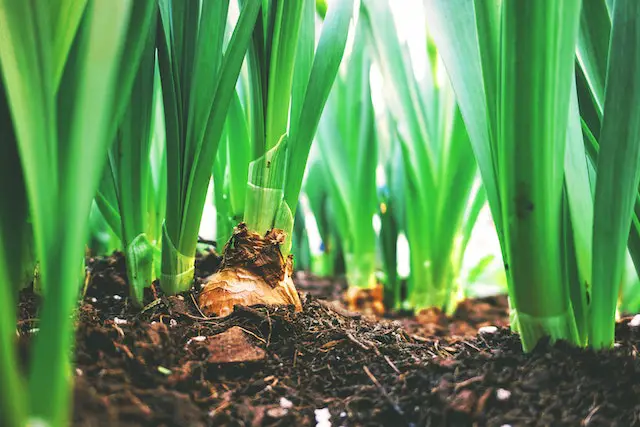Theme:
- Technology has been rapidly transforming the agriculture industry. From precision agriculture to automation and robotics, technology is revolutionizing how farmers grow crops. With the global population set to reach 9.7 billion by 2050, there is an urgent need to produce more food with fewer resources. Let’s look at how technology is being used in agriculture to solve many problems, as well as its benefits and challenges.
Latest developments:
- Drones: Drones equipped with sensors can monitor crop health, assess soil conditions, and detect diseases. This helps farmers make informed decisions about their crops. Additionally, drones can help deliver fertilizer, pesticides, and even water to crops, allowing farmers to increase efficiency and reduce costs.
- Robotics: Robotics is another important development in agricultural technology. Robots can perform tasks like planting, weeding, and harvesting. This helps reduce labour costs and allows farmers to work more efficiently. Robotics also helps cut down on human error, which can lead to crop failure.
- Precision agriculture: Precision agriculture helps farmers manage their crops more effectively. It involves the use of GPS and other technologies to track soil and crop conditions, as well as water and fertiliser use. This allows farmers to reduce inputs and maximise yields, helping them save money and resources.
Benefits:
- The use of technology in agriculture allows farmers to increase efficiency by reducing labour costs and human error.
- Sensors and cameras can be used to monitor crops and detect potential issues such as disease or contamination. This helps farmers produce higher-quality crops and reduce the risk of foodborne illness.
- Technology can assist farmers in producing more food using fewer resources by optimizing inputs and identifying problems before they become significant issues. By doing so, farmers can increase their crop yields, which is crucial for feeding an increasing global population.
- Technology can help farmers access information about markets, weather, and other factors that affect their operations. This can help farmers make informed decisions about what to grow when to harvest, and where to sell their products.
- Technology also helps reduce water use, as well as the number of pesticides and fertilizers needed, thus helping the environment in the long run.
Challenges:
- Using technology in agriculture demands a high cost. The high cost of adopting new technologies can be prohibitive for many small-scale farmers, especially those who have limited financial resources.
- Some technologies may require significant training or technical expertise to use effectively, which can be a challenge for farmers with limited resources or education.
- In some parts of India, there is a lack of infrastructure to support the adoption of new technologies. This includes things like access to electricity, internet connectivity, and transportation.
- Farming depends on multiple external factors like weather, climate, and market demand. So it is very much possible that farmers might fail to have a better yield even after using the new technologies.
Conclusion:
Technology has the potential to transform agriculture, making it more efficient, productive, and sustainable. However, technology alone cannot solve all challenges in agriculture. A holistic approach that combines technology with agronomic practices, farmer education, and policy support is necessary. It is important to invest in rural development, infrastructure, and skills training to ensure that farmers can access and use technology effectively. Technology should not replace human labour but should enhance productivity and profitability for farmers. Overall, technology in agriculture presents significant opportunities for improving productivity, sustainability, and food security.
Your Turn…
What’s your take on this topic? Express your point of view through the comment section below. And subscribe to our blog to read answers to the trending GD topics.
Photo by Maarten van den Heuvel
Copyright @ Group Discussion Ideas.


I was worrying about my gd for tomorrow this amazing topic really helped me I’m so happy that i came across this website. Good job.